State
Tribe Name
Art Type
short description
The Sarhul festival marks the Bhumij tribe's New Year, coinciding with the flowering of the sal tree, a significant event for this community primarily residing in Odisha's Mayurbhanj district. The name 'Bhumij' signifies 'born out of the soil,' reflecting their deep connection to agriculture. Celebrated as 'baha porab' or the festival of flowers, Sarhul, meaning 'profusion of flowers' and 'revolution,' heralds the arrival of spring.
Thumbnail
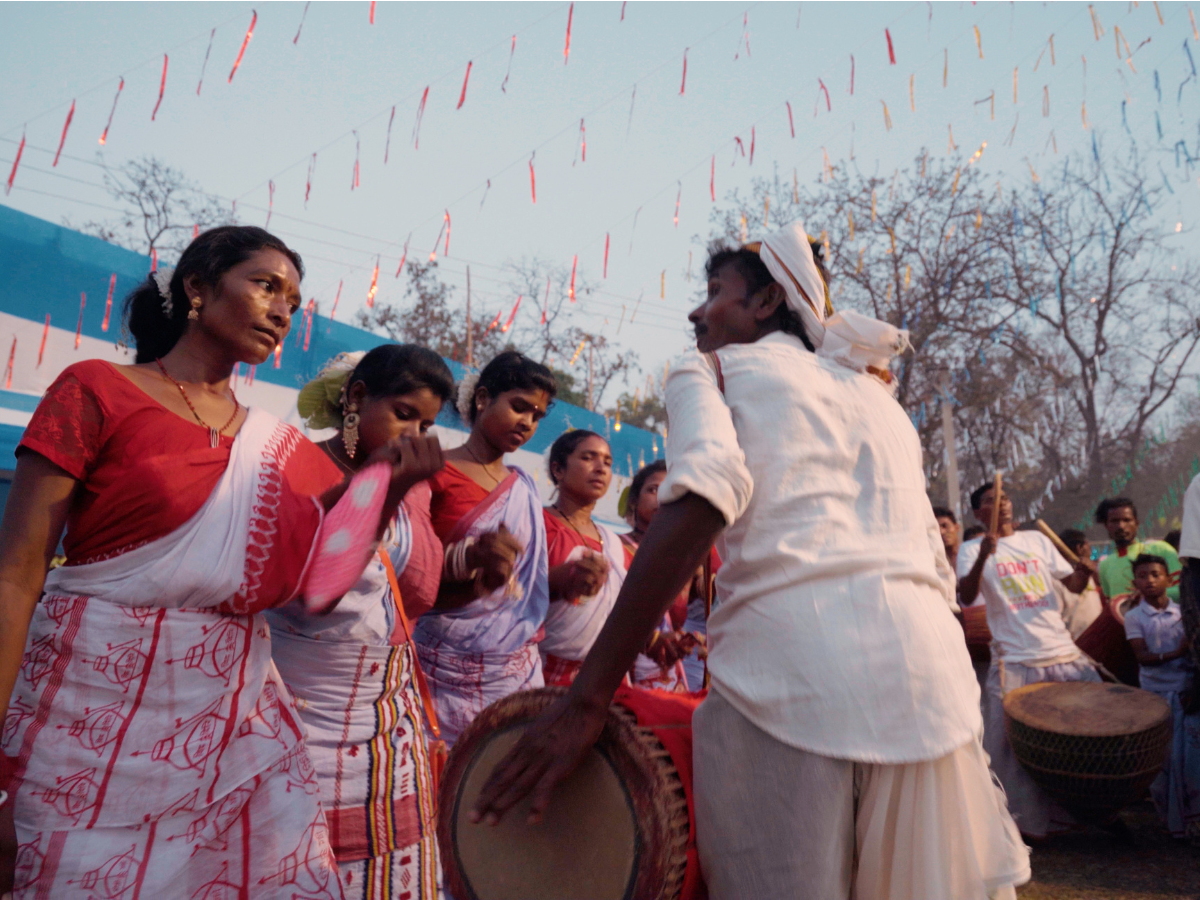
Filter Postion
Right
Filter Background
Off
Theme
Filter Header Image
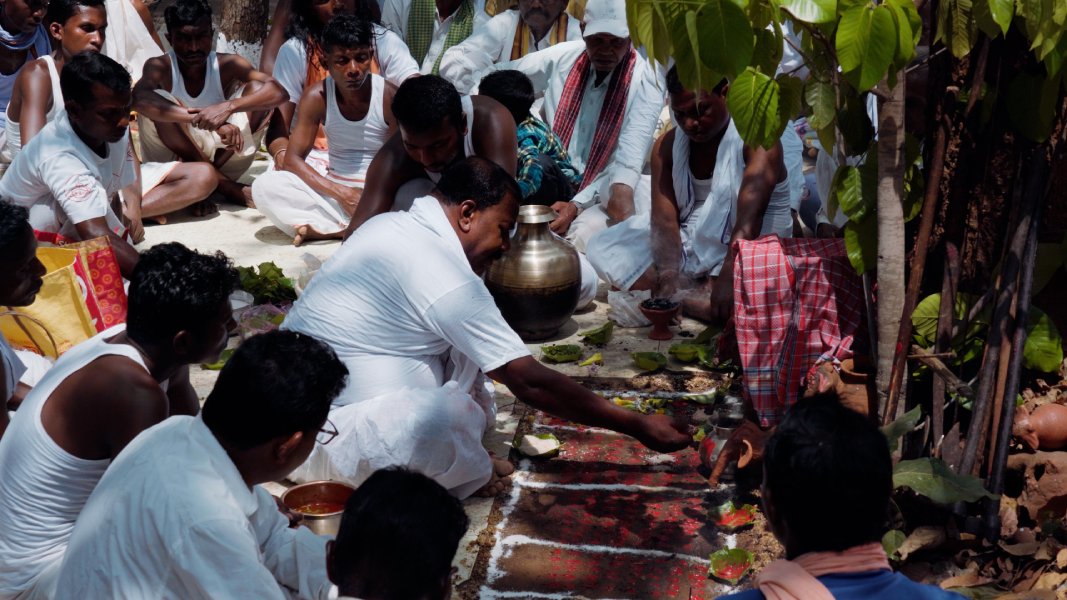
content
Image
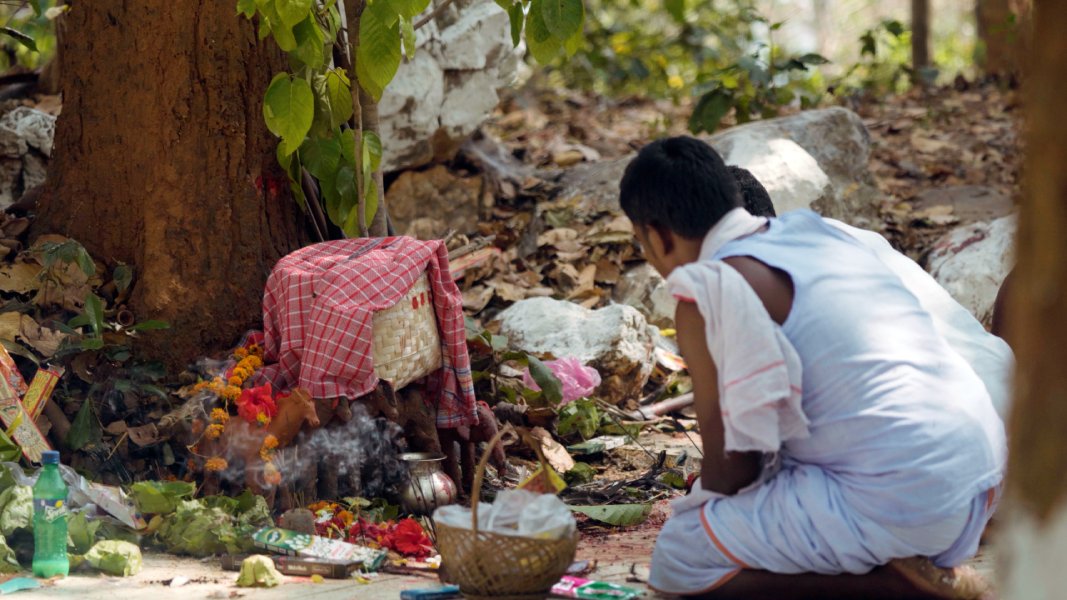
description
The Sarhul festival marks the Bhumij tribe's New Year, coinciding with the flowering of the sal tree, a significant event for this community primarily residing in Odisha's Mayurbhanj district. The name 'Bhumij' signifies 'born out of the soil,' reflecting their deep connection to agriculture. Celebrated as 'baha porab' or the festival of flowers, Sarhul, meaning 'profusion of flowers' and 'revolution,' heralds the arrival of spring.
Image Mode
landscape
Image
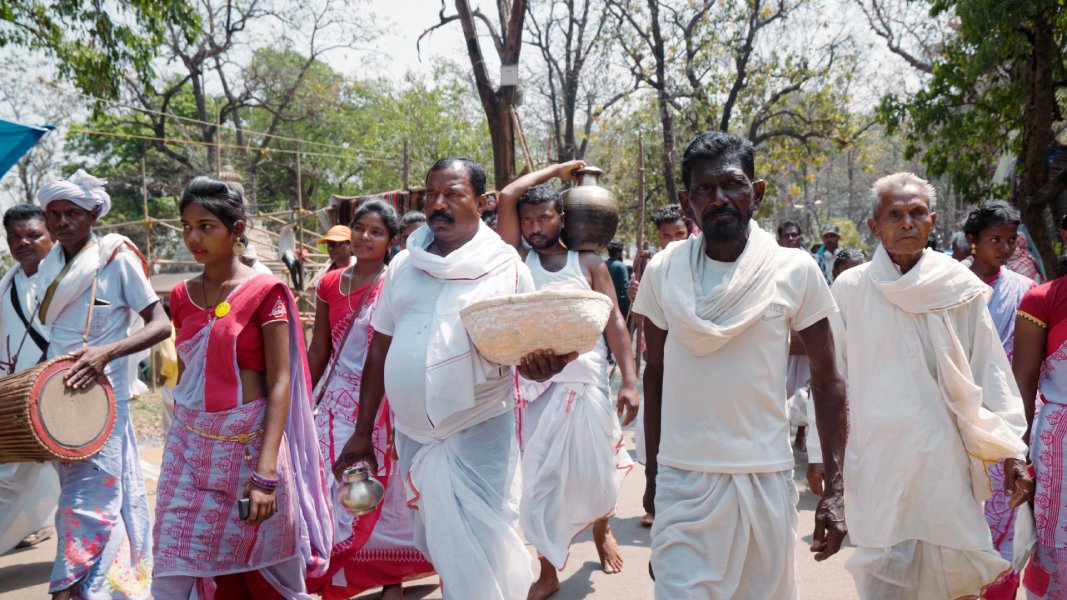
description
Bhumij women don traditional red and white sarees adorned with sal blossoms and silver jewelry, while men wear white dhotis, banyans, and gamchans. The Bhumij, who worship natural elements like Marang Buru and Sing Bonga along with Hindu deities, observe Sarhul as a 'first eating' festival. Newly harvested fruits and crops are offered to ancestors and deities for village prosperity and the well-being of families and cattle.
Image Mode
landscape
Image
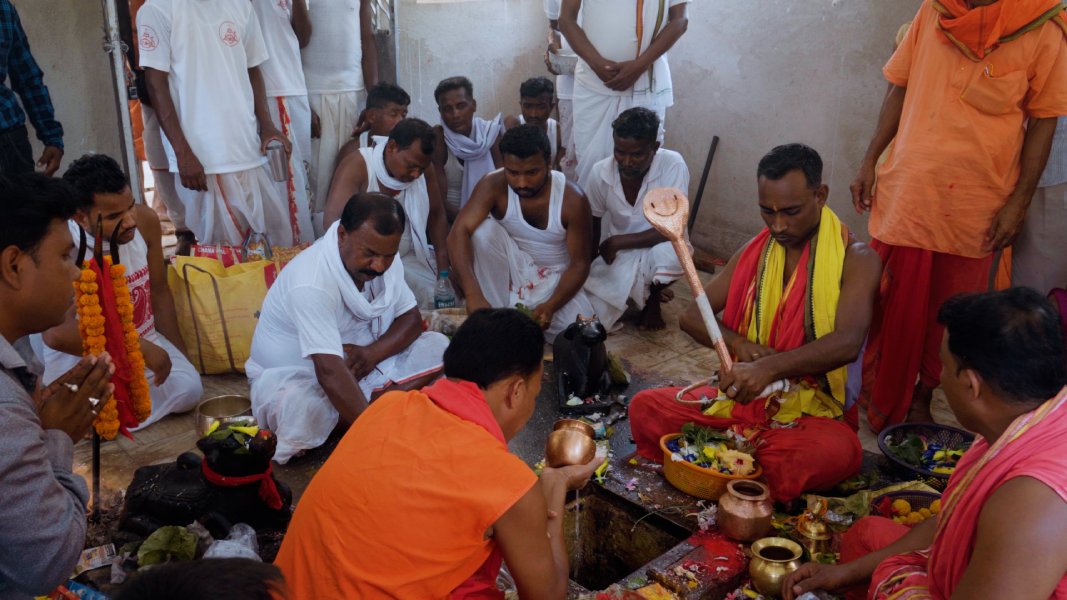
description
In Harna village, processions from various regions gather for the rituals. Visitors are welcomed with ceremonial foot washing, and homes and shrines are decorated with rice flour alpanas. Outside the village at the 'dera,' the priest (naya) arranges offerings like sindur, jhuna, and coconut in bamboo baskets. The priest leads a procession to the 'nishan,' a place of ancestral stone memorials, where prayers and offerings are made, seeking forgiveness for ritual shortcomings. Similar rituals follow at shrines dedicated to Lord Shiva and Ganesh, accompanied by nagara and mandal rhythms.
Image Mode
landscape
Image
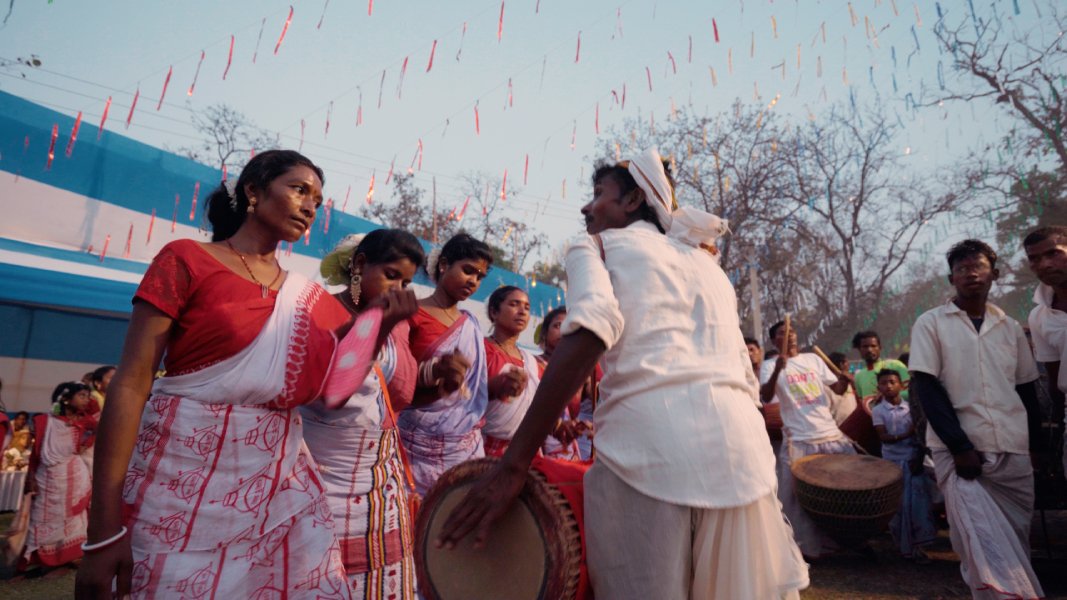
description
At the 'sasan,' the priest prepares the shrine by washing the stone idol and anointing it with turmeric water and sindur. The Sarhul rituals culminate at the 'disum jahera,' the sacred grove of sal trees, where prayers are offered to Jaharburi in gratitude for the sal flowering. The priest offers new produce and prepares ritual enclosures with rice flour. The sal tree, revered by the Bhumij for its various uses, is central to the Sarhul celebrations. The rituals conclude with the sacrifice of birds; the Bhumij believe a deity is pleased if the offered bird pecks at the rice. The priest prepares a khichdi from the sacrificed birds' heads, breaking his fast.
Image Mode
landscape
Image
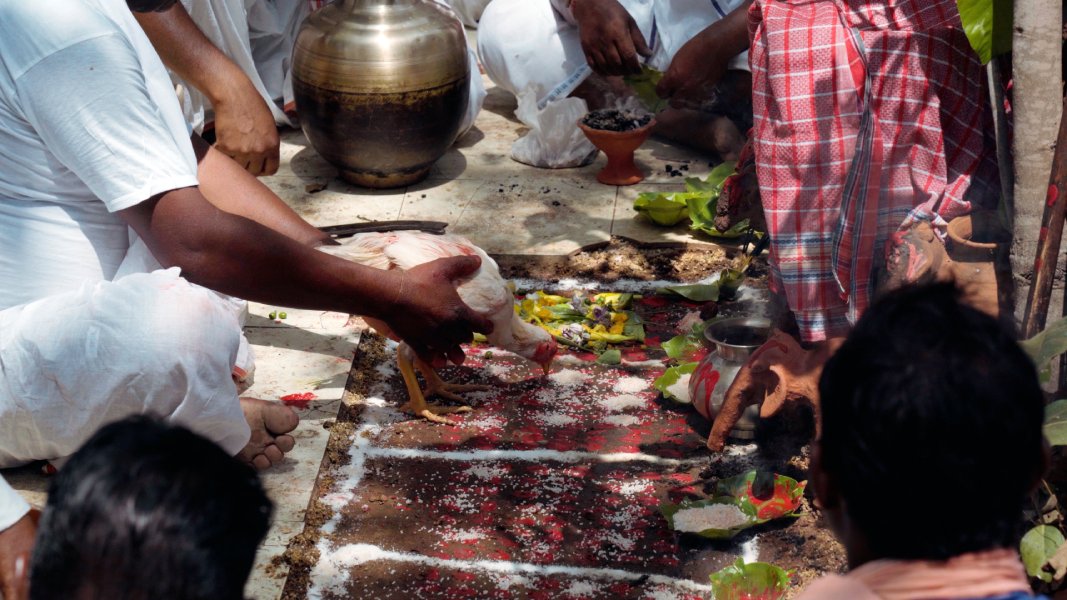
description
Rice beer (hadia) is freshly brewed and shared communally. The priest distributes auspicious sal leaves and flowers as prasad, and rice flour paste is applied as a blessing. Women perform the Sarhul dance to drum beats, and men play traditional instruments, with everyone joining in the joyous merriment that lasts into the night. Sarhul is a major festival uniting the Bhumij in thanksgiving and prayers for a bountiful agricultural season and protection. A fair outside Harna village adds to the festive atmosphere, showcasing community identity through the Bhumij flag, symbolizing peace and unity.
Image Mode
landscape
promoted
On
Verified
On
